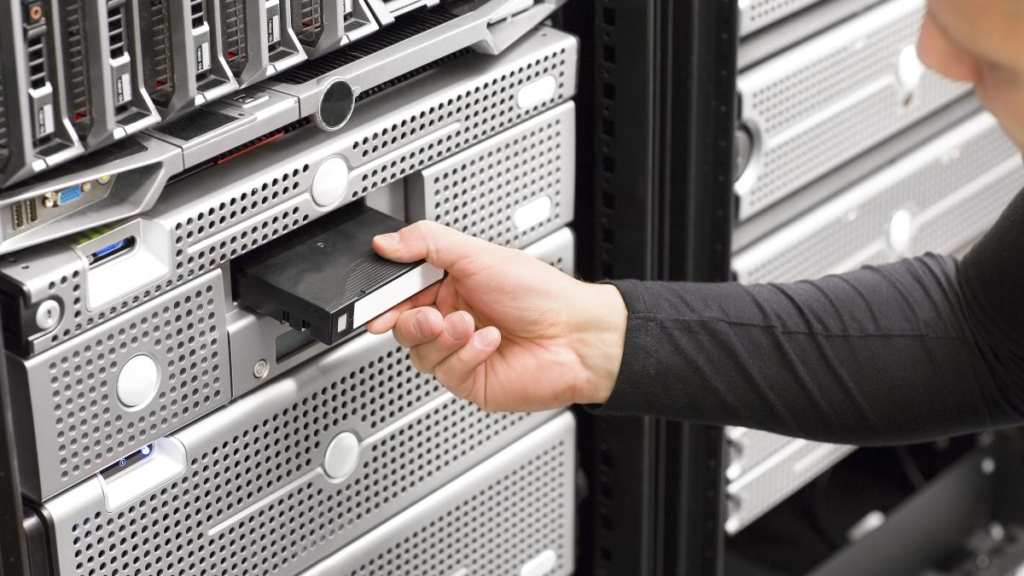The Huawei product, a 72TB SSD-tape hybrid storage solution, is innovative in breaking new ground, something the company had to do in order to work around US tech restrictions. In the face of trade bans, the global telecom giant Huawei is putting a renewed focus on investing in pioneering technologies to scale back the use of American hardware. The hybrid device combines the speed of SSDs with the capacity of tape storage to create a powerful, energy-efficient solution for data center use.
MED Technology: The Heart of Huawei’s 72TB Storage
Huawei’s new solution uses technology known as Magneto-Electric Disk (MED), combining SSDs with an integrated tape system in a single sealed unit. MED technology offers seamless support for both warm and cold storage: it’s ready to handle nearline (warm) and archive (cold) storage, without the use of traditional hard drives. MED risks having a compact and robust approach to storage by minimizing components such as external robotic systems and provides a simplified structure with one drive to read and write.

The Huawei MED 72TB drive includes an SSD unit that takes incoming data and transfers it sequentially to tape storage. Through metadata mapping in NAND, MED can locate data blocks across SSD and tape segments in relatively little time, allowing faster data retrieval from either medium.
Efficient Storage with 72TB Capacity
One of the starts here that this first-generation MED excels in is the 72TB of data it can hold in just one go. It runs at an impressive 8GB/s transmission rate under 2kW of power, using only 10% of the power used by conventional disk drives. MED drives achieve 10PB or more of storage, with extremely low power consumption, which is a big plus for data centers to deal with high-volume storage.
The main attraction for Chinese cloud providers is that MED offers extremely high storage density, reduced power usage and low operational costs, which has already attracted Chinese cloud providers’ attention for archival storage. It is consistent with Huawei’s push to decrease data center energy usage, and to rely less on US technology.
Future Enhancements on the Horizon
The roadmap shows that MED development at Huawei goes on and is set to continue as it will launch a second-generation unit some time in 2026 or 2027. Next-gen will be even more space efficient, fitting into a 3.5-inch drive bay and shorter tape with higher area density. MED’s two-layer structure significantly improves storage management, speeds up access times, and reduces storage costs by eliminating the traditional three-layer hierarchy of HDD, SSD, and tape.

On top of cutting their (total) cost of ownership down by 20%, Huawei says that their MED storage solution compares favorably (to classic tape storage solutions). Lower physical space need, no additional robotic components, and a high-density storage solution allow Huawei to avoid US-related restrictions and focus on innovation.
Huawei’s pioneering MED technology now lifts its data centers into storage that is not only extremely effective but also cuts costs and minimizes power use. The 72TB SSD-tape hybrid formed by the MED, responding directly to trade restrictions, is a major stepping stone in Huawei’s path of becoming a sector leader in independent storage technology. In addition to MED, Huawei is also developing a high-capacity SSD working alongside MED technology. With 3D QLC NAND with 60TB storage and an SLC cache, Huawei’s SSD would offer another high-capacity, power-efficient storage offering in Huawei’s storage portfolio.





